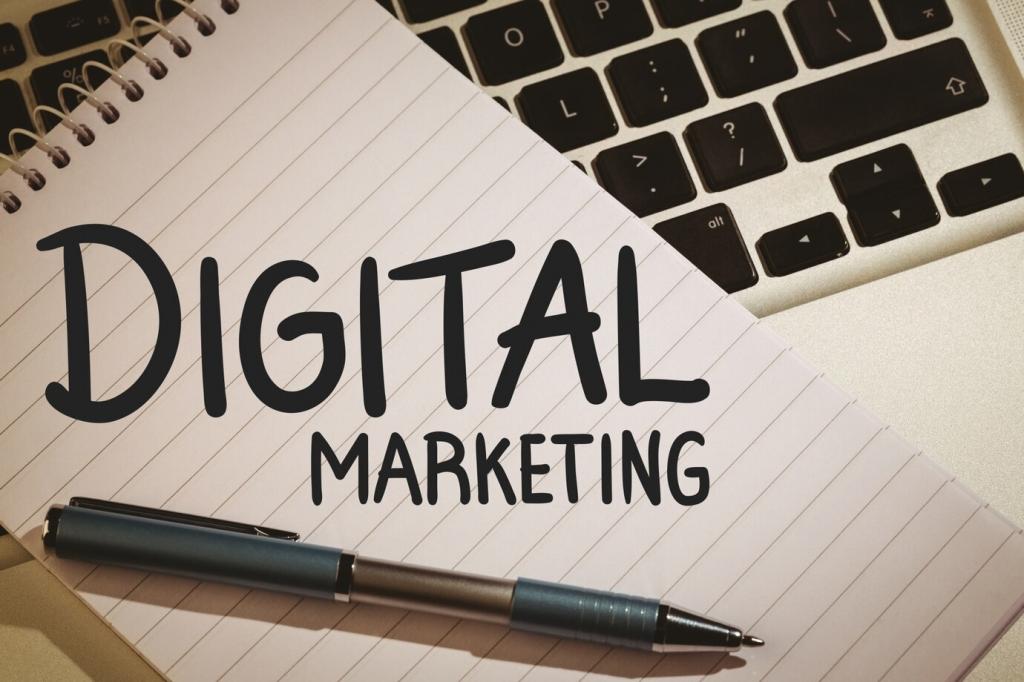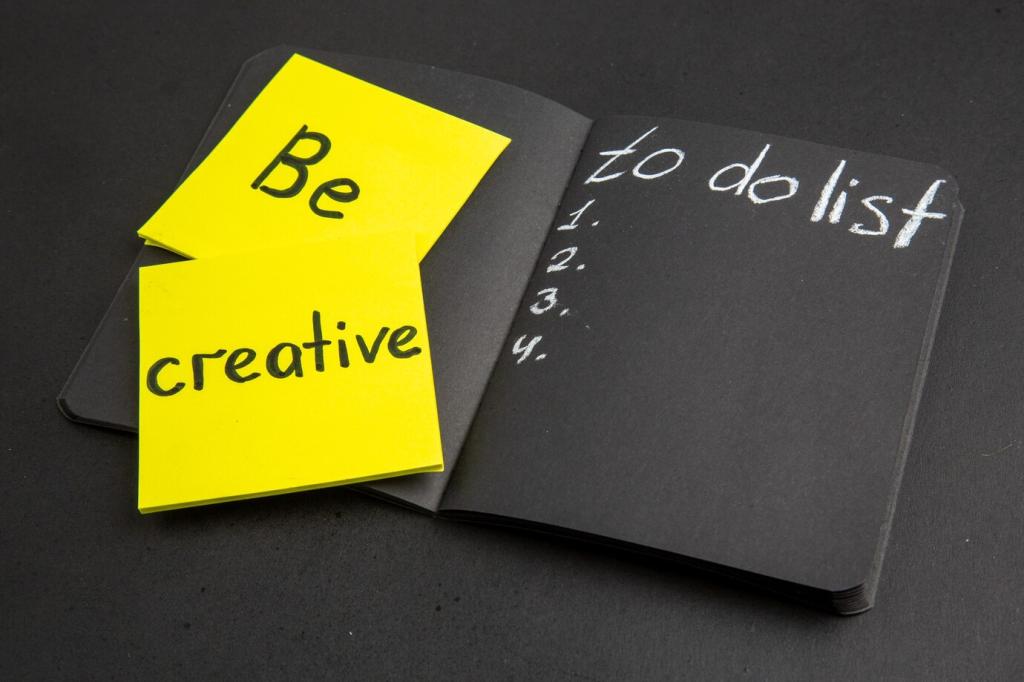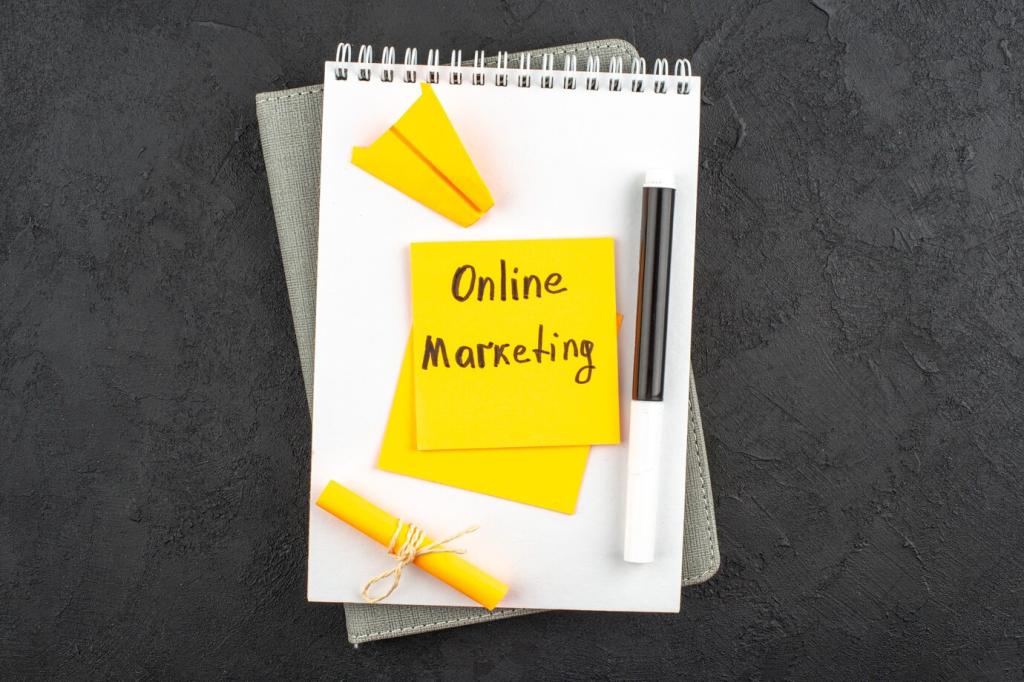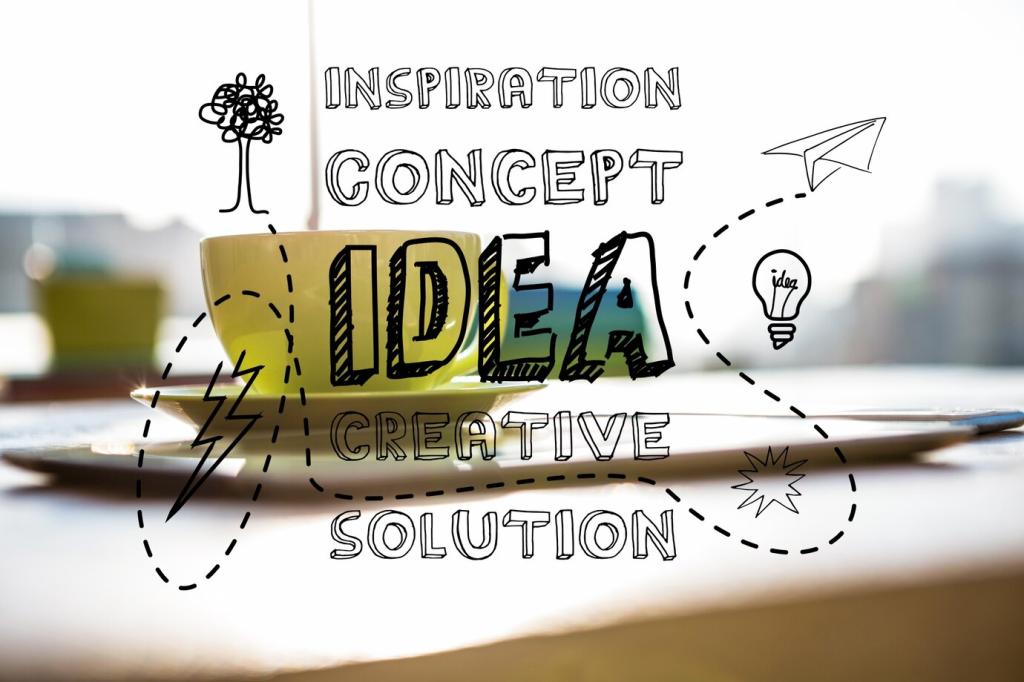Design Psychology Meets Persuasive Words
Anchor prices, spotlight social proof, and frame choices to reduce friction. Designers can highlight the default option visually while copy names the benefit, making the preferred path feel obvious, safe, and rewarding without manipulation.
Design Psychology Meets Persuasive Words
List primary user intents for each screen, then write microcopy that answers the next question users will ask. Align button labels, helper text, and headings so every tap feels anticipated and every word reduces uncertainty.
Design Psychology Meets Persuasive Words
A redesign story: we softened aggressive claims into empathetic outcomes, kept the same layout, and conversions rose. The difference was a calmer voice acknowledging user doubts and guiding choices with respectful, evidence-backed reassurance.
Design Psychology Meets Persuasive Words
Lorem ipsum dolor sit amet, consectetur adipiscing elit. Ut elit tellus, luctus nec ullamcorper mattis, pulvinar dapibus leo.










